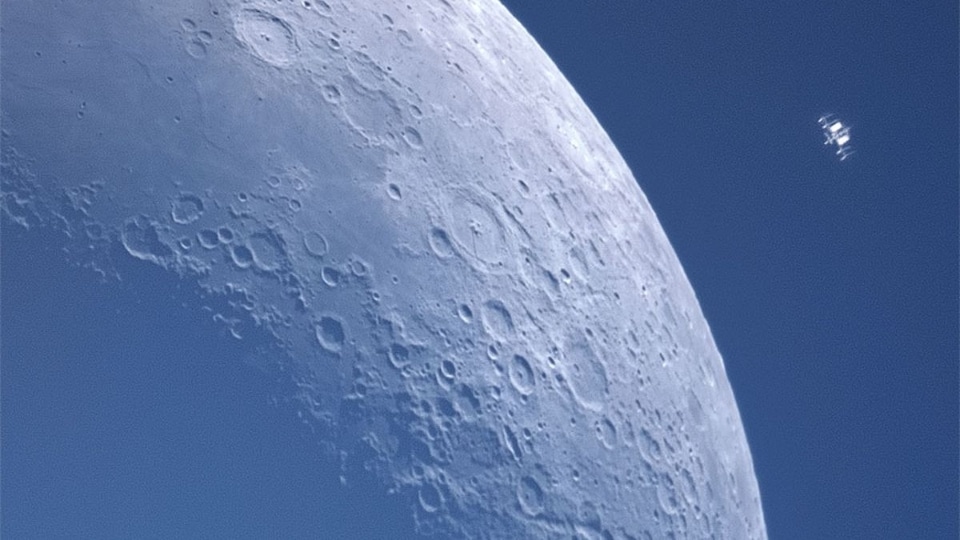NASA Astronomy Pictures of the Week: Moons crossing Jupiter, aurora and more
NASA Astronomy Picture of the Day takes us on a virtual journey of the fascinating Universe. This week, NASA has shared snaps of Earth's largest human-made satellite, Moons crossing Jupiter, Shark Nebula, Aurora, and more.
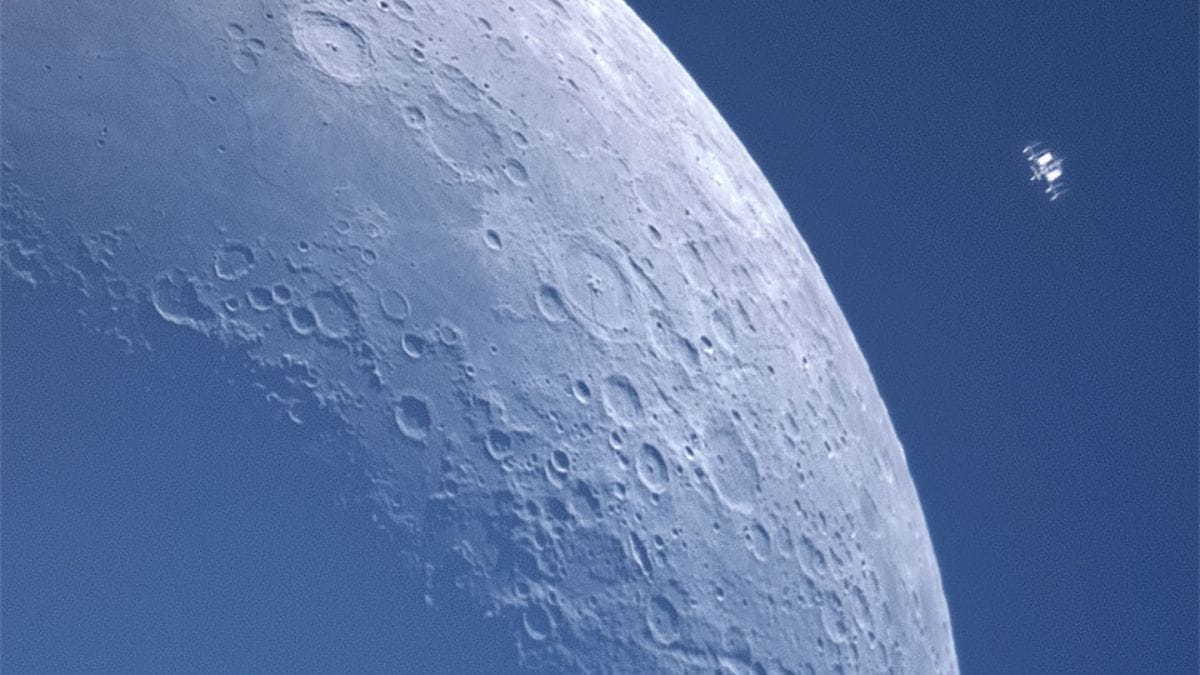
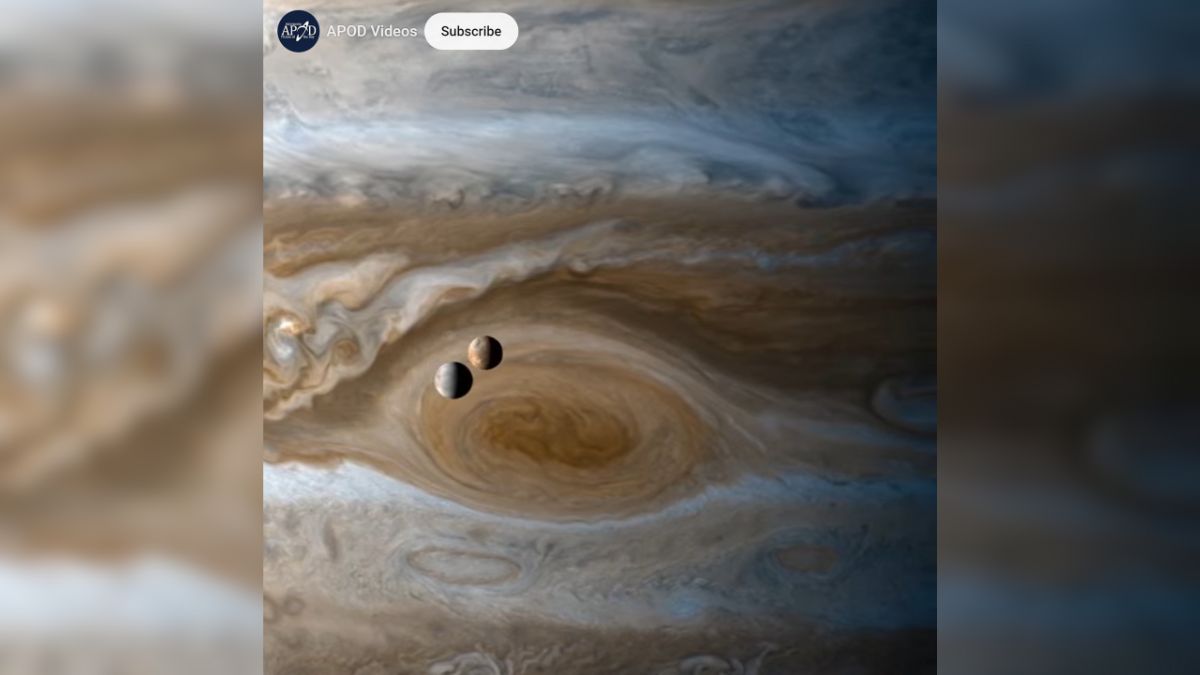
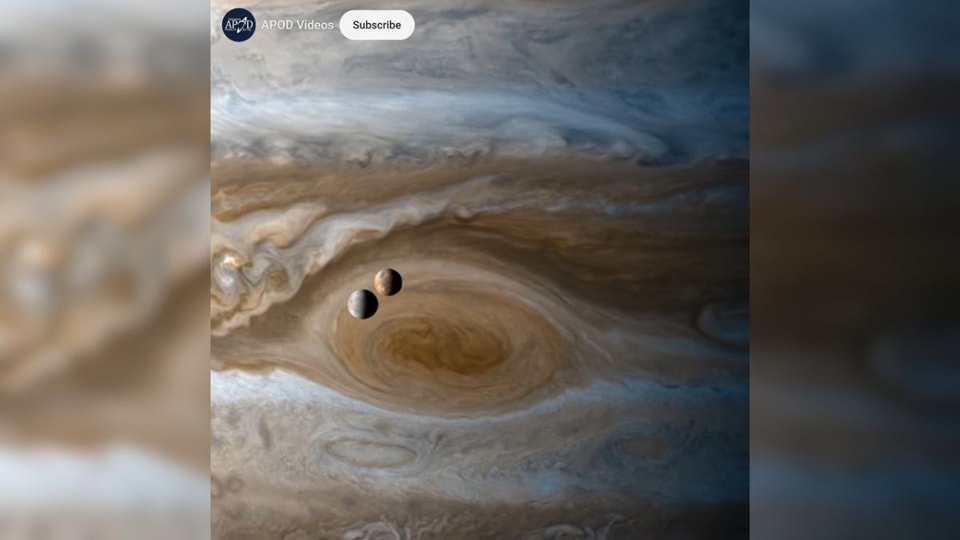
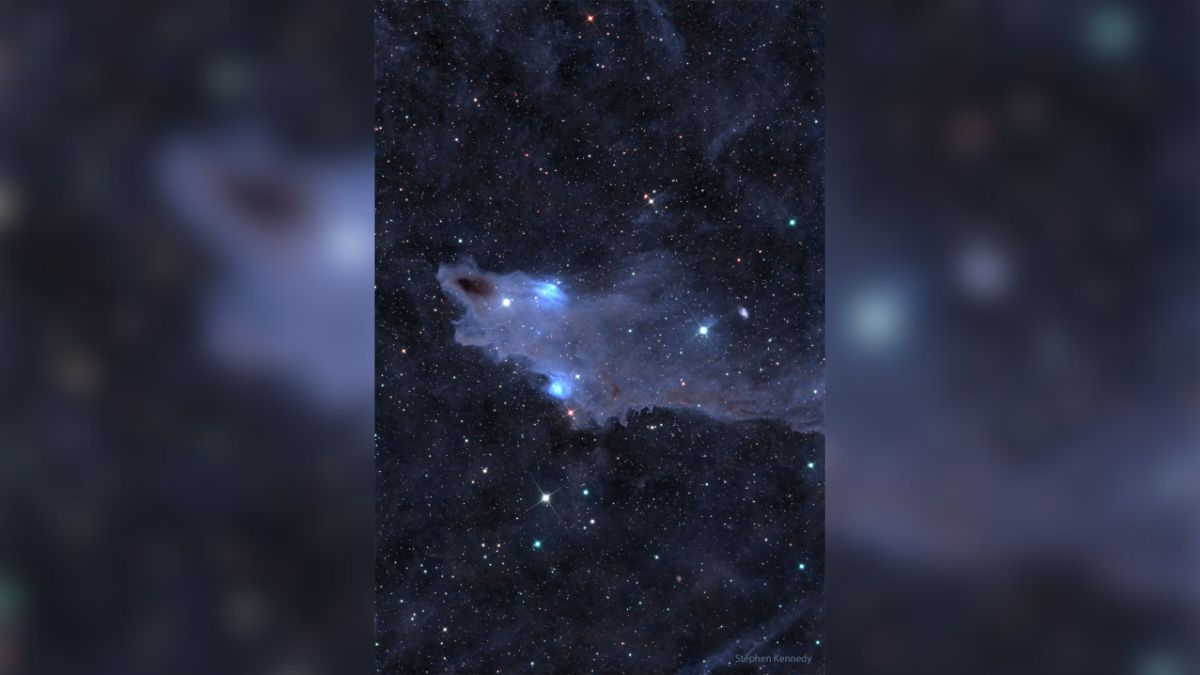
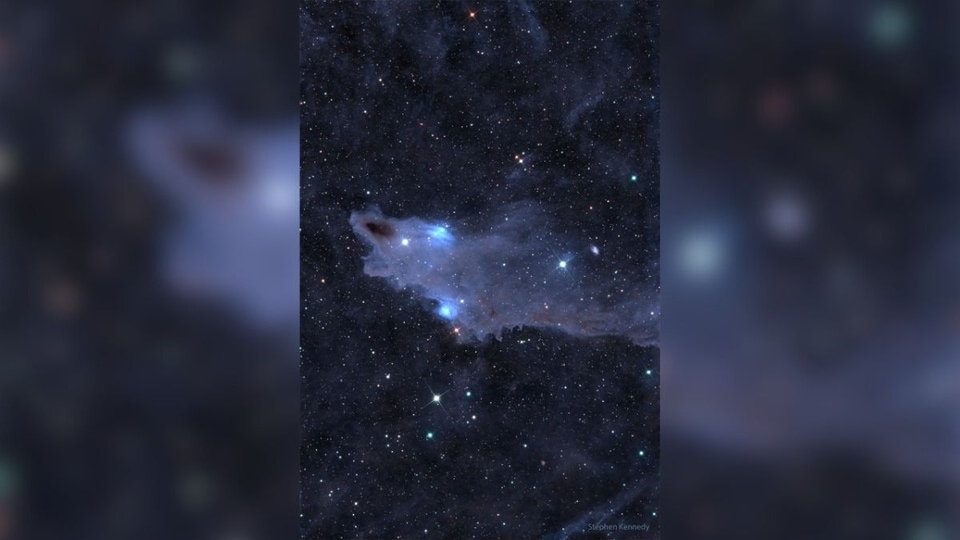
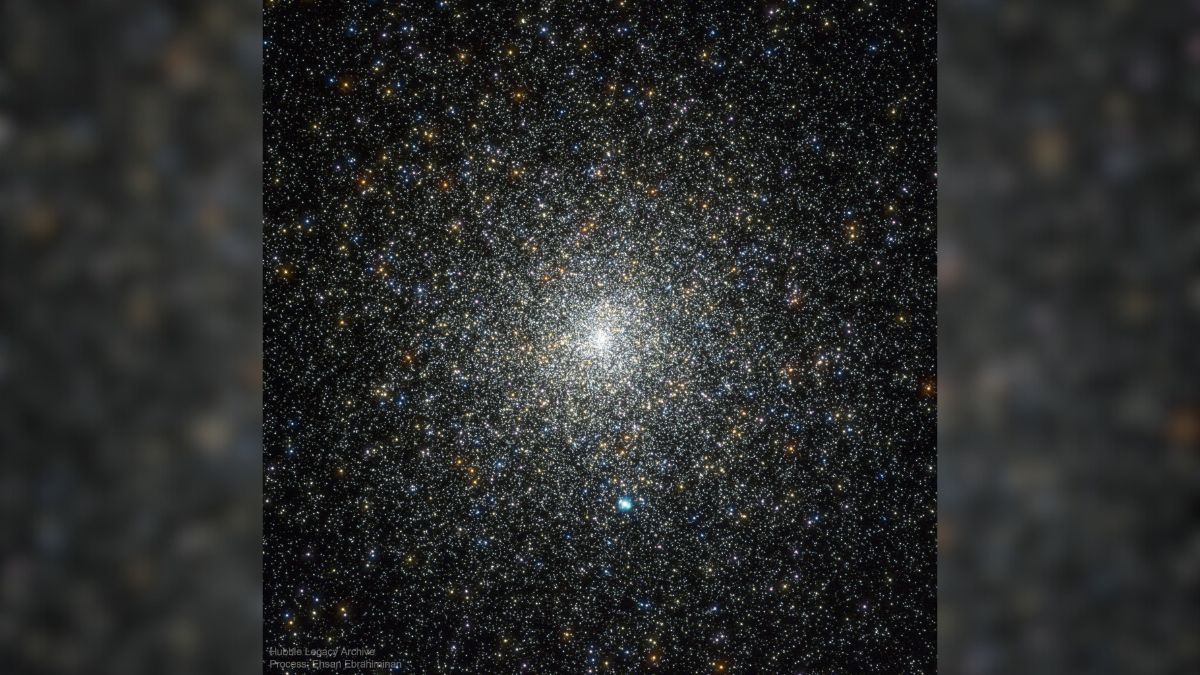

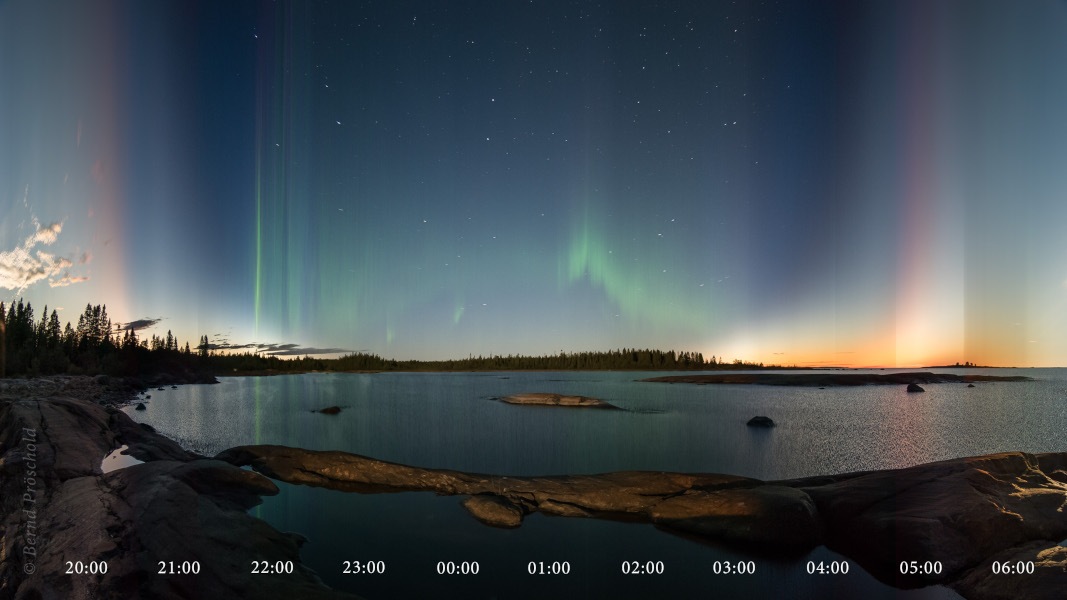

First Published Date: 16 Jun, 20:22 IST
NEXT ARTICLE BEGINS


